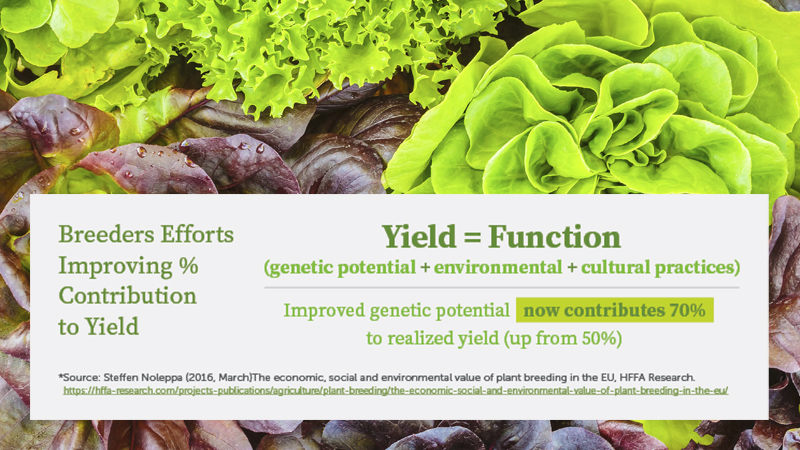There’s No Excuse For Farmers To Be Weather Unaware [Opinion]
 Is it hot in here, or is it just me? This might be a question you’ve been asking yourself more and more lately. And it’s no coincidence. According to scientists at NASA and NOAA, 2015 was the warmest year our planet has experienced since 1880 (the year weather recordkeeping began).
Is it hot in here, or is it just me? This might be a question you’ve been asking yourself more and more lately. And it’s no coincidence. According to scientists at NASA and NOAA, 2015 was the warmest year our planet has experienced since 1880 (the year weather recordkeeping began).
Not only did 2015 take the title, it obliterated the previous record-holder (2014) by 0.23°F. That might not sound like a lot, but according to NASA, only once before (1998), has the new record of globally averaged temperatures been greater than the old record by this much.
And just think, many in the scientific community believe 2016 will be even warmer. Experts at NASA’s Goddard Institute for Space Studies say the 2015 temperatures continue a long-term warming trend. They point out most of the warming has occurred in the past 35 years, with 15 of the 16 warmest years on record occurring since 2001.
So what’s up? One fact NASA presents is that the planet’s average surface temperature has risen nearly 2°F since the late 19th century, a change it says is largely due to man-made industrial activity. Others have argued this logic, noting climate phases (warming and/or cooling) are occurring with or without humankind’s influence.
No matter where you stand on global warming/climate change, there is no denying the frequency of recent record-breaking weather events.
El Niño’s Effect
Over the course of the past year, El Niño has made plenty of headlines — for good reason. The notorious climate phase delivered on its “most powerful of its kind” hype. From deluges in the West, to a monster blizzard in the Northeast, to the tornado-producing storm fronts we have experienced across the Sunshine State, this period of wild weather won’t soon be forgotten. But hey, we were warned.
Forecasters agree the latest bout of El Niño is directly connected to the newly achieved global temperature records. The last El Niño of this magnitude happened during (you guessed it) 1997-1998.
Fortunate Forecasts
Back in 1998, long-term forecasts for the likes of El Niño or it counterpart La Niña weren’t nearly as robust. The accuracy now for the ferocity and duration of climate phases as well as real-time tracks of hurricanes is pretty amazing.
With that said, paying attention to longer-range forecasts is becoming even more important. A recent report backs this thought. According to the UF/IFAS-led study, which analyzed Australian wheat farmers as subjects, hypothetical 10-day weather forecasts can be used to markedly increase farmers’ annual profits via savings on inputs. Scientists compared a situation where a farmer doesn’t know predicted rainfall for the next 10 days with a situation where they know with 100% certainty the rainfall amount, and makes planting decisions based on this data. Not hard to imagine, the more you know, the more you grow.
Given the continued popularity of the age-old Farmer’s Almanac, combined with today’s modern forecasting technology, I can’t see how any of us should be caught off guard by weather ever again. Though, I’d still suggest sticking your head out the window once in a while. That method never fails.









